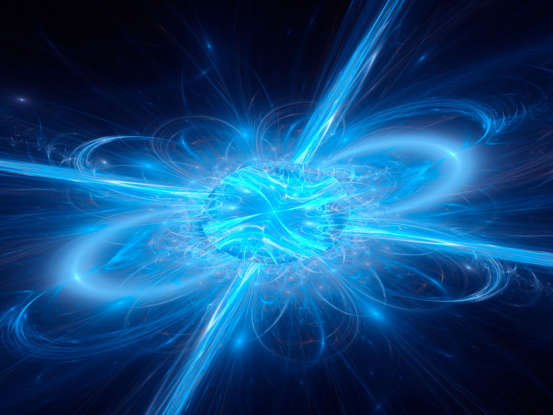Space is silent
For sound waves to travel, the most essential requirement is a medium. As there is no atmosphere in space, sound cannot travel there, making it eerily silent. Therefore, astronauts use radios to communicate with each other.

Footprints for keeps
With no atmosphere on the moon, footprints of the Apollo astronauts and marks made by the Apollo 11’s lunar landing module will last for approximately 100 million years.
 Hottest planet
Hottest planet
Did you know the hottest planet in our solar system is Venus? Many believe Mercury holds that distinction because it is physically closest to the sun, but its lack of an atmosphere means temperatures fluctuate often. Venus, on the other hand, has a thick layer of carbon dioxide that makes the surface much hotter – average temperatures are 842 degrees Fahrenheit (450 degrees Celsius).
Bonded for eternity
When two pieces of a particular type of metal touch each other in space, they remain stuck forever. This process, known as cold welding, happens because the atoms of the metals lump together. Cold welding can help shape the future for spacecraft construction.
Mountain on Mars
Olympus Mons, the highest mountain known to man, is located on Mars. It has a height of about 15 miles (24 kilometers), which makes it nearly three times taller than Mount Everest.
![]() Discovery of the first asteroid
Discovery of the first asteroid
Made of rock and ice, Ceres was the first asteroid to be discovered, by Italian astronomer Giuseppe Piazzi on Jan. 1, 1801. It remains the largest object in the asteroid belt between Mars and Jupiter, with a radius of around 296 miles (476 km).
 Quarantined astronauts
Quarantined astronauts
After their return from the moon, the crew of Apollo 11 was quarantined for fear of having been infected with unknown and potentially deadly diseases. This practice continued till Apollo 14, after which the environment on the moon was declared safe. Incidentally, members of the Apollo 13 crew were not quarantined, since they returned mid-way after a technical malfunction.
(Pictured L-R) The astronauts of Apollo 11 – Neil Armstrong, Michael Collins and Buzz Aldrin – meet U.S. President Richard Nixon from their quarantine facility.
Relative size of Earth
The sun makes up almost 99.8 percent of our entire solar system. Relatively speaking, it can hold a total of one million Earths.
Karman Line
The Karman Line, lying at an altitude of 62.13 miles (100 km) above Earth’s sea level, is officially accepted as the invisible boundary between Earth’s atmosphere and outer space. If you were able to drive your car upwards, you could be in space within an hour.
Super-speedy neutron stars
A neutron star — which is the collapsed core of a bigger star — can spin over 600 times every second. Since neutron stars are born out of a supernova star explosion, their rotation usually starts at about 60 rotations per second, which can eventually increase 10-fold.
 Planet made of diamonds
Planet made of diamonds
Situated approximately 40 light years away and with a radius twice that of earth’s 55 Cancri e is an exoplanet whose surface is believed to be made largely of carbon in the form of diamonds and graphite.
![]() A day longer than a year
A day longer than a year
As confusing as it may sound, a day on Venus is longer than a year. The planet takes a total of 243 earth days to spin on its axis but only 224.7 earth days to complete a revolution around the sun.
 Growth in height
Growth in height
This may sound like a stretch, but the human body actually grows taller in space – up to 1.96 inches (five centimeters). This happens because of a lack of gravity, which, in turn, helps the spine straighten.
Tear bubbles
Astronauts may shed tears in space, but those tears won’t roll down their cheeks like they do for us here on the surface. The weightless atmosphere allows water to float around as water bubbles. These tend to cling to surfaces till they are dislodged.
Historic solar probe
Solar winds, which are ejections of hot charged particles, originate in the corona of the sun and can attain speeds of 279.6 miles per second (450 kilometers per second).
To better understand the giant star and how it affects the solar system, NASA launched the first-ever mission to the sun on Aug. 12, 2018. It is expected to fly into the corona’s unrelenting heat, studying magnetic fields, plasma and energetic particles and take pictures of the solar wind.




 Discovery of the first asteroid
Discovery of the first asteroid


 A day longer than a year
A day longer than a year


